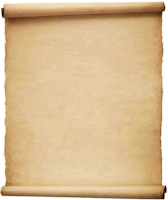The
bath sponge we use in our home is the soft skeleton of an animal that once
lived in the sea.
Probably
many sponges you see at home were made in a factory. They are made of synthetic material to look
and clean like true sponges.
If
you have ever used a true sponge to wash anything, you are using the soft
skeleton of an animal that once lived in the sea.
Sponges
don’t look like other animals. A sponge
has no head or mouth.
Water
flowing through the many holes in its body brings oxygen and tiny bits of plant
matter that provide food for it.
For
almost all its life, the sponge stays in one place—attached to the ocean floor.
There
are sponges of all shapes, sizes and colors.
Some are shaped like fans, vases, and bowls.
Some
sponges are only about as big as a pea.
Others may grow to be several feet tall.
Sponge
fishermen use a long, hooked pole to pull up sponges that live in shallow
water. In deep water, fishermen dive for
sponges in diving suits. – Dick Rogers



























